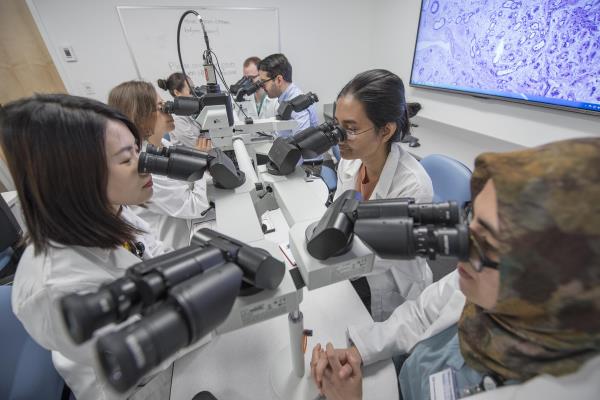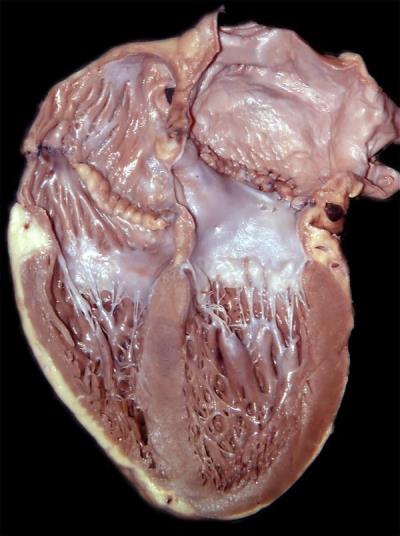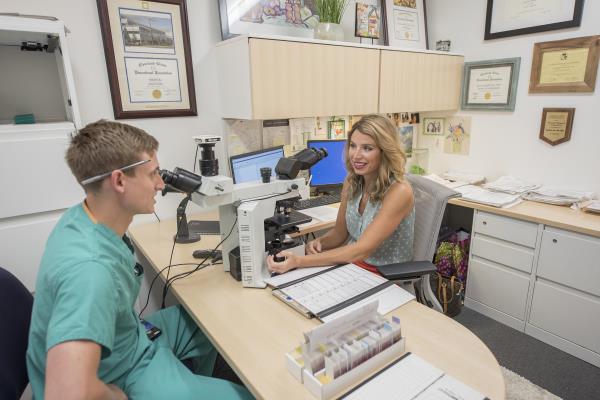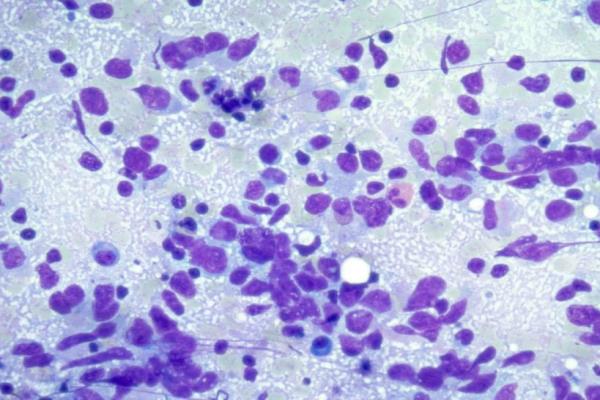Overview

Anatomic pathology rotations are structured into subspecialty experiences throughout the PGY1 and PGY3 years. The basic anatomic pathology rotations include surgical pathology (split into subspecialty areas), autopsy, cytopathology, dermatopathology, and forensic pathology.
The first eight weeks of residency consist of a “boot camp” in anatomic pathology. By the end of training, new residents are comfortable working at the surgical desk and ready to fly “solo,” but are never without backup help and assistance.
Typical PGY1 and PGY3 rotation diagrams:

Autopsy

Residents rotate on autopsy in two-week blocks during PGY1, and except for the initial training weeks, assignments are two first-year residents on service together. Typically, residents average 18 hospital based autopsies and 10 forensic autopsies completed in the first year of their residency. Senior residents obtain their final autopsies through training and supervising new residents, or on-call on weekends, opening up their schedule for more surgical pathology and cytopathology rotations. Our autopsy service is highly integrated with the clinical services, and residents are trained in clinicopathologic correlation, performance of the autopsy, and generation of a final diagnosis and report.
Surgical Pathology

The surgical pathology rotations are two weeks in length and subspecialty-focused. This is designed to allow residents to focus on one subspecialty area at a time, improving their depth of knowledge and retention over time. To achieve this, our residents have a “one-day” schedule. Each day on a surgical pathology service, they will gross, have sign-out with an attending and preview for the next day. Residents gross a pre-set limited number of highly educational cases – pre-selected by education specialist pathology assistant Mindy Kral – each day. This provides residents with sufficient time to preview and master the skills of gross examination and grossing efficiency, which are critical to patient care and ultimate practice. On most surgical pathology rotations, the resident will work one-on-one with the subspecialty faculty; in general, there is only one resident assigned to each surgical pathology rotation. The subspecialty areas residents rotate through include:
- Breast Pathology (4 weeks each AP year)
- Cardiovascular Pathology (2 weeks in senior year)
- Dermatopathology (2 weeks in junior year, 4 weeks in senior year)
- Frozen Section Pathology (4 weeks each AP year)
- Gastrointestinal Pathology (4 weeks each AP year)
- Genitourinary Pathology (4 weeks each AP year)
- Gynecologic Pathology (4 weeks each AP year)
- Head and Neck Pathology (2 weeks each AP year)
- Hepatobiliary Pathology (2 weeks each AP year)
- Medical Kidney Pathology (2 weeks in senior year)
- Neuropathology (2 weeks in senior year)
- Pulmonary Pathology (2 weeks each AP year)
- Soft Tissue and Bone Pathology (2 weeks in senior year)
Cytopathology

Residents rotate in cytopathology in four-week blocks, one in PGY1 and two in PGY3. Each rotation includes a structured curriculum in gynecologic cytopathology, non-gynecologic cytopathology and fine needle aspiration cytology. Each year, residents go through an in-service practice session to develop superficial fine needle aspiration skills. In PGY3, senior residents are expected to cover the FNA service for two weeks each year, as well as cover adequacy assessments for one to two weeks in many areas, including pulmonary endobronchial ultrasound- guided FNA, interventional radiology FNA, and gastrointestinal endoscopic ultrasound- guided pancreaticobiliary FNA.